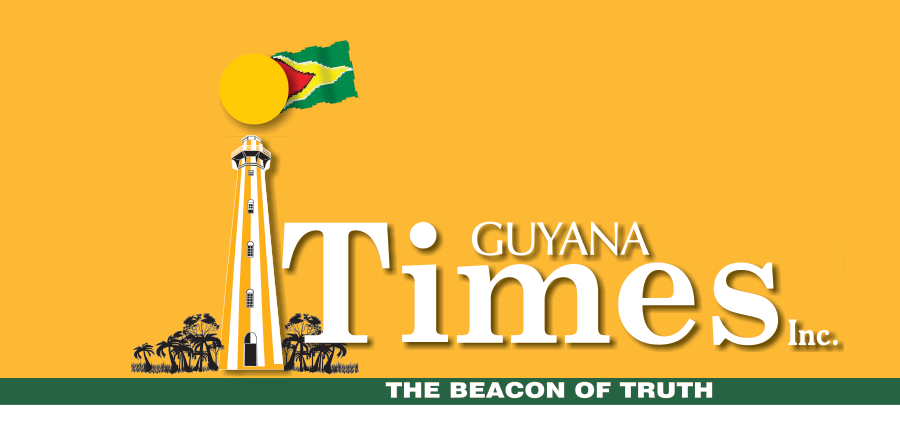US-indicted businessman Azruddin Mohamed had agreed to taxes being reassessed on the Lamborghini he imported in 2020, where he had reportedly grossly undervalued the cost of the vehicle in order to avoid paying the rightful taxes.
On clearing the vehicle, Mohamed signed a C23 form, an official document provided for in law, agreeing to the taxes on the vehicle being reassessed.
The form states: “I, the undersigned, declare that all particulars given in this document are true and correct. I acknowledge that the Guyana Revenue Authority can review and reassess values in accordance with the fifth schedule within seven years should further evidence be obtained based on the findings or further investigations,” and it is affixed with Mohamed’s signature.
The form formed part of official court proceedings between Mohamed and the Guyana Revenue Authority (GRA).
On the form, Mohamed declared that the cost of the vehicle was US$75,300, a value which was used by officials to calculate taxes.
However, the GRA later received evidence to show that the vehicle actually cost US$695,000.
The newly uncovered evidence triggered a post-clearance reassessment by the GRA and a demand for additional taxes.
The matter made its way to the court, where Justice Gino Persaud on Friday last blocked the GRA from retroactively reassessing taxes owed on the undervalued Lamborghini imported by Mohamed.
The GRA has since signalled its intention to appeal the decision.
During his programme “Issues in the News” on Tuesday, Attorney General Anil Nandlall commented on the C23 form, explaining that “every importer who benefits from who participates in payment of custom duties and whose invoices are accepted as face value, they are required to sign a C32 form.”
Nandlall pointed out that the form also mandates the declarant to accept “responsibility for the accuracy and completeness of the particulars given on this form and on any continuation sheet lodged with it and the authenticity of any document produced in support. The declarant also accepts responsibility to supply any additional information or document necessary to establish the customs value of the goods.”
Post-audit clearance & additional taxes
Meanwhile, while Justice Persaud has ruled that the GRA cannot conduct post-audit assessments, Chancellor of the Judiciary (acting) Justice Roxane George, just days later, ruled to the contrary in another case.
On November 17, 2025, Justice George, who previously served as Chief Justice (acting), ruled in a case brought by businessman Zhangzhen Yu against the GRA, challenging, among other things, the tax body’s reassessment and the payment of import duties which were assessed by its Post Clearance Audit Unit (PCAU) of the Customs Division.
According to the particulars of the case, which were released by the Attorney General’s Chambers on Tuesday, the applicant imported various items of merchandise on diverse dates during the period 2016 to 2017. The goods were entered and duties paid based on invoices submitted by the applicant to and assessed by the GRA. Thereafter, the goods were released to the applicant. Eighteen months after the last transaction on November 23, 2017, the applicant received a demand letter dated March 22, 2019 signed by Mr Hyman, Deputy Commissioner, Customs, Excise and Trade of the GRA, claiming $15,475,006 as additional duties and taxes on twelve containers of goods imported between November 2016 and October 2017 in relation to the shipments that had already been cleared, paid for and released.
But Justice George, in her judgement, said, “I do not consider the complaint that the assessment by the PCAU was unlawful has merit. The PCAU is clearly a department within the GRA. There is no evidence to support the contention that this unit is without statutory power, illegal and unlawful, and there is most certainly no evidence that it is unconstitutional.”
She also recognised GRA’s explanation that although the goods were released, all the containers had not been fully examined and that pursuant to Section 233 of the Customs Act, it can review declarations and other documentation within three years of the initial submission by an importer and request additional documentation.
She also ruled that “the post-audit clearance allows for the collection of additional taxes where the inspection of the documents reveals that there has been a short levy. However, the applicant counters that the issue of a short levy only applies where there has been an error in the classification of goods or the rate of duty on entry. I do not agree. Section 17 is not so restrictively worded.”
Her ruling also states that “to accede to the applicant’s contention would mean that an importer could make a false declaration to the GRA, and once their goods have been entered and cleared, the authority would not be able to conduct a further assessment. Even though it is trite law that a taxing act must be construed strictly, the fact is that the provisions identified by the GRA permit the reassessment of taxes after goods have been entered and cleared. As the provision states, the GRA may request documentation to be produced to substantiate the declarations made.”
Discover more from Guyana Times
Subscribe to get the latest posts sent to your email.













